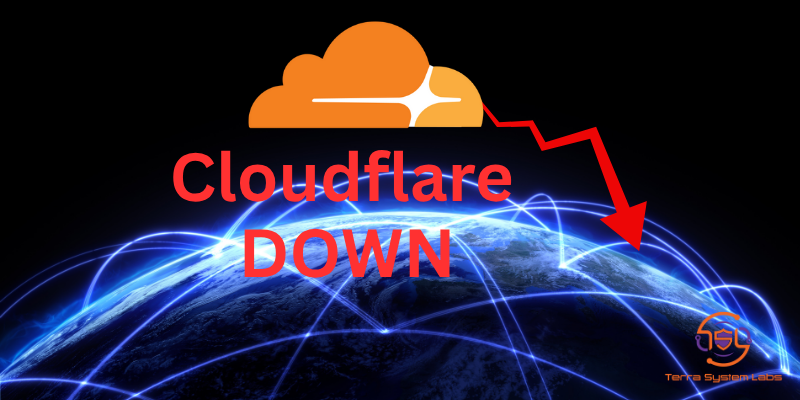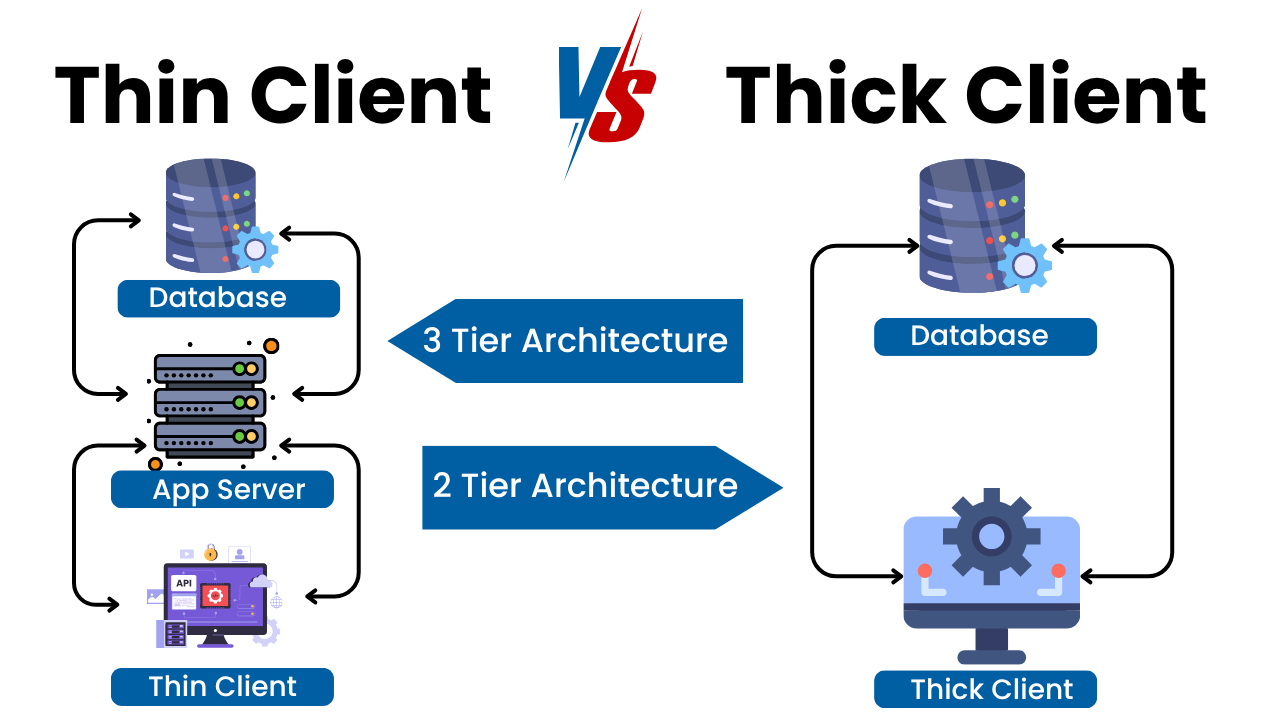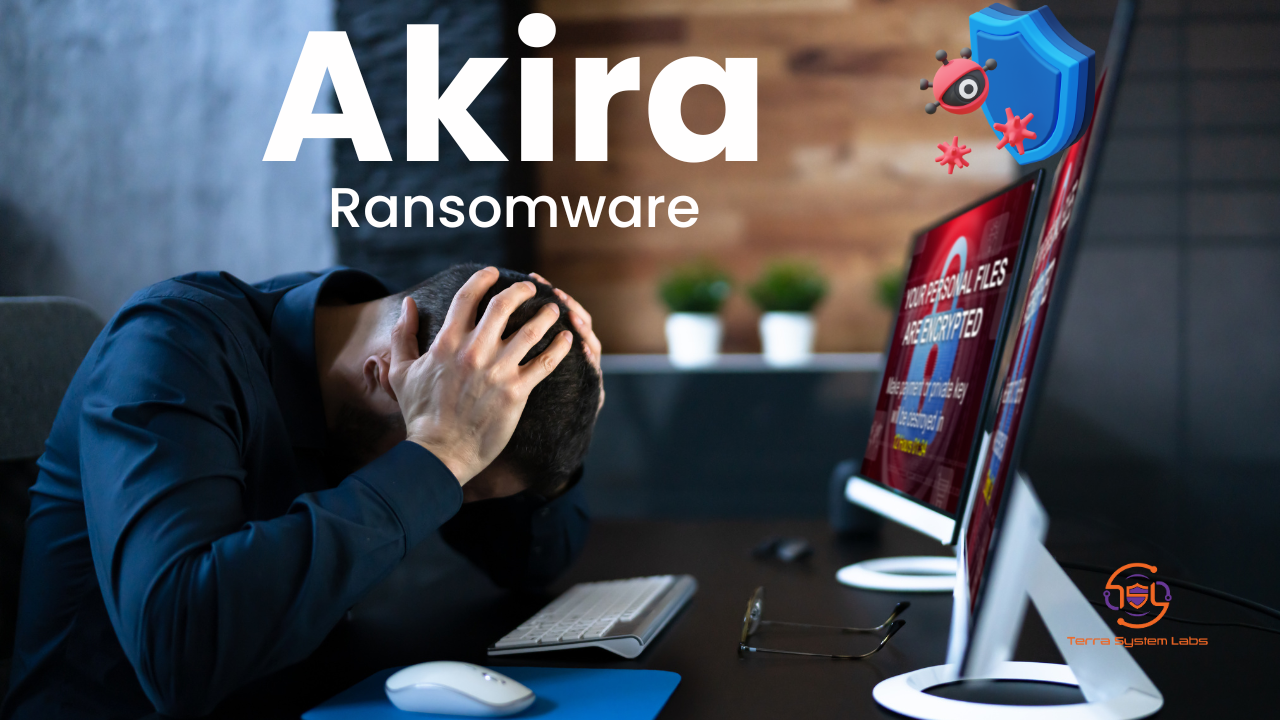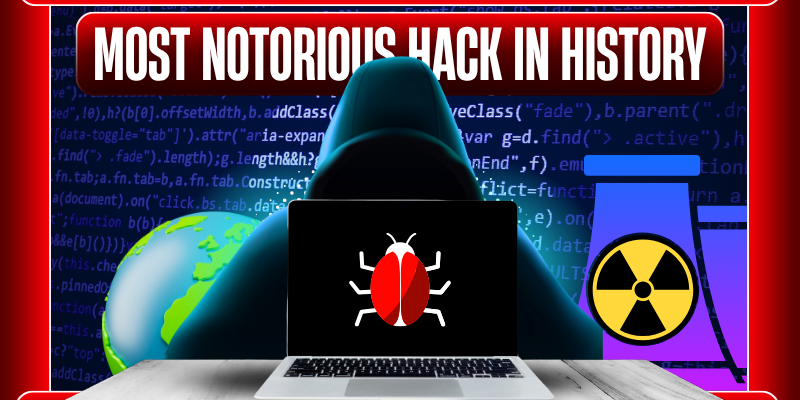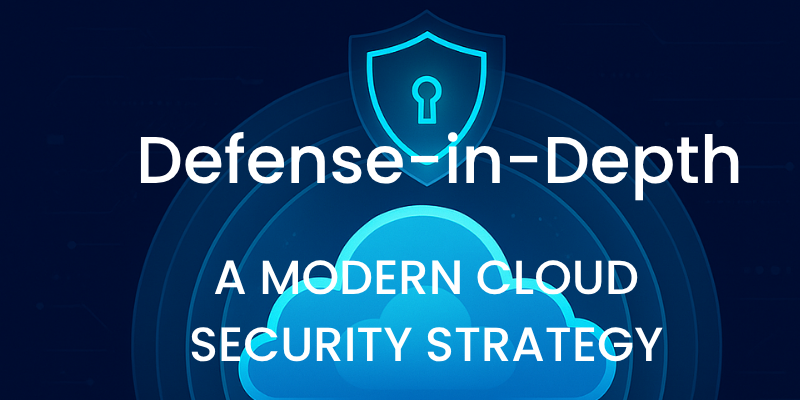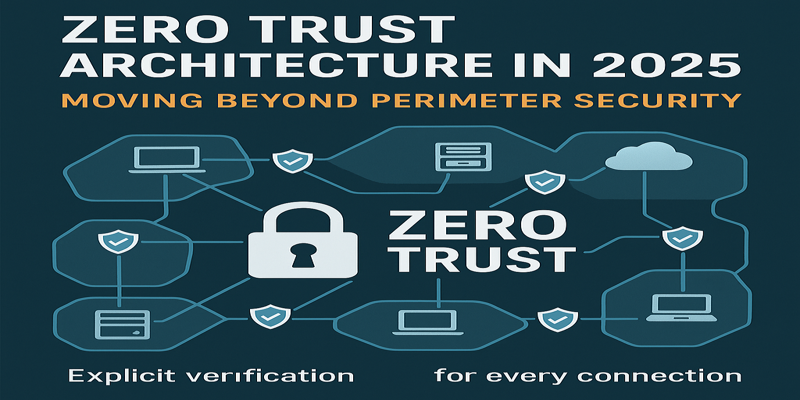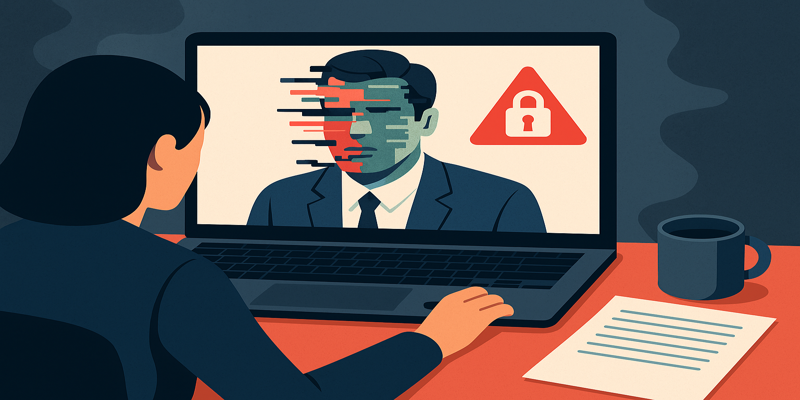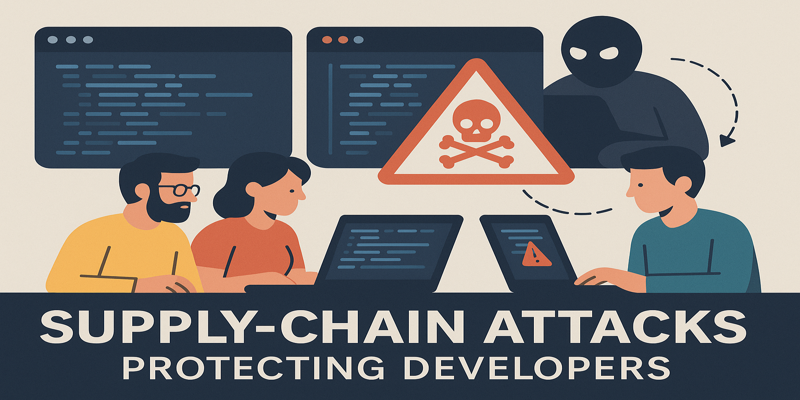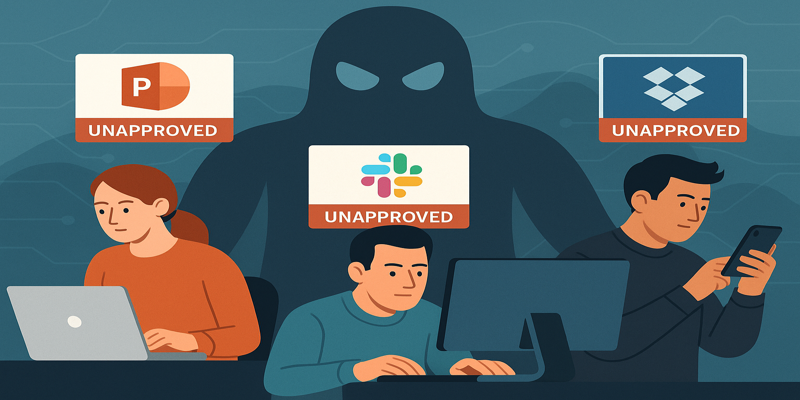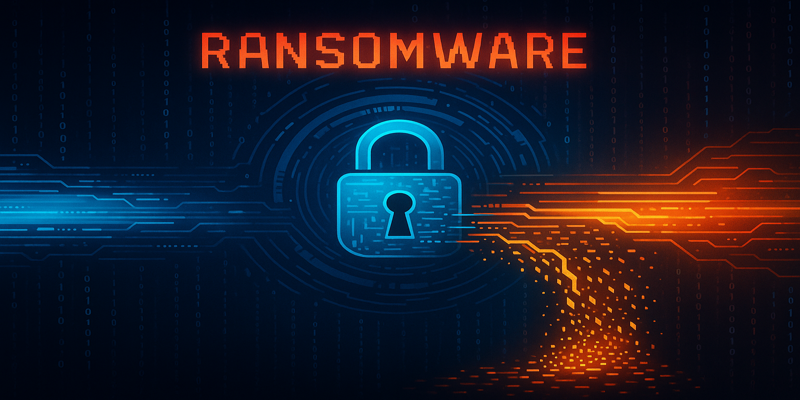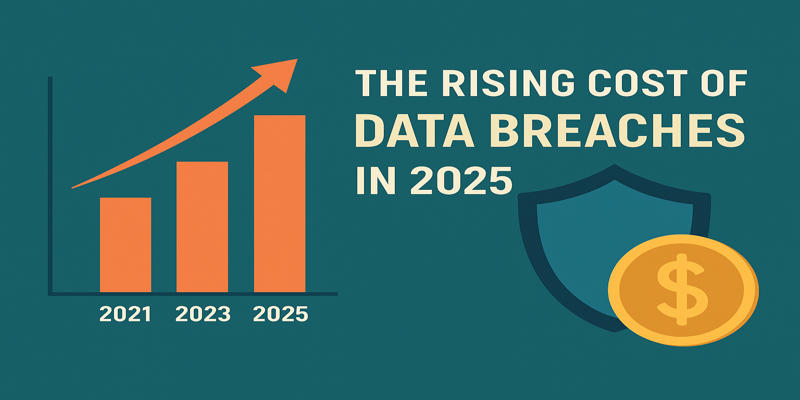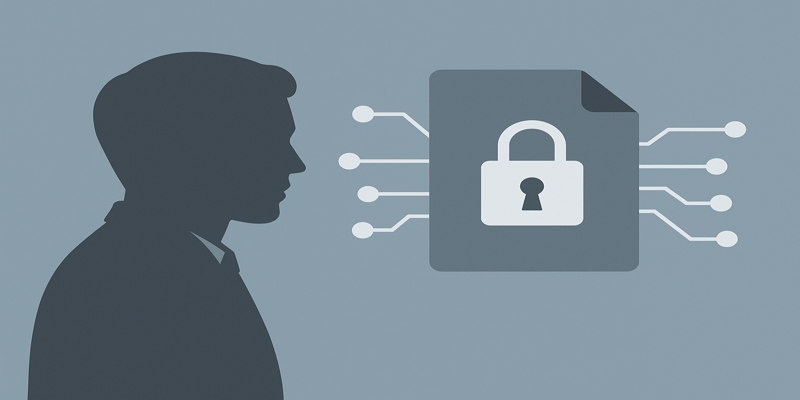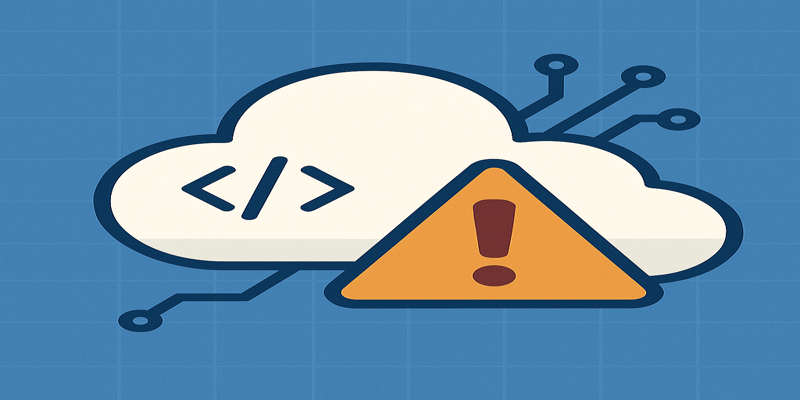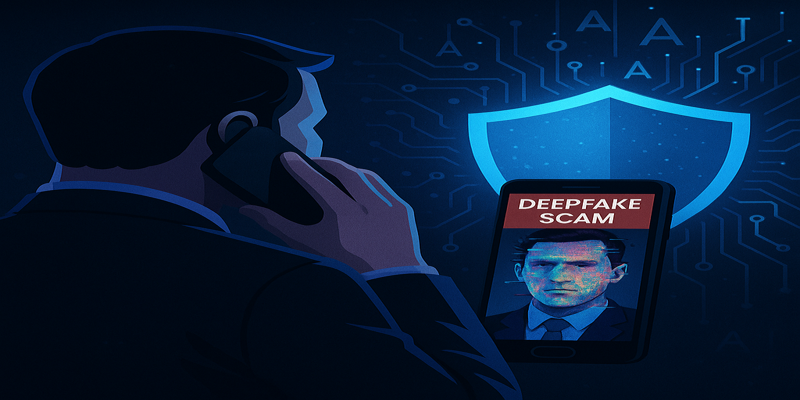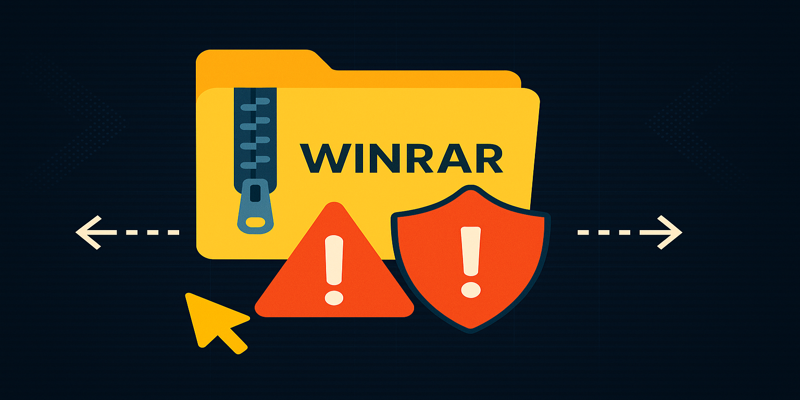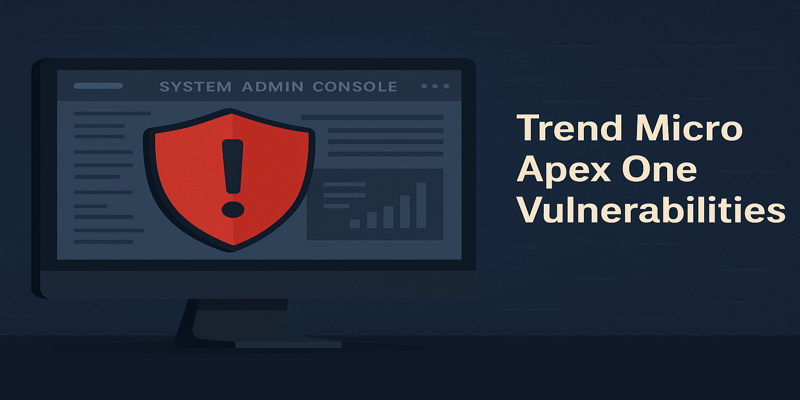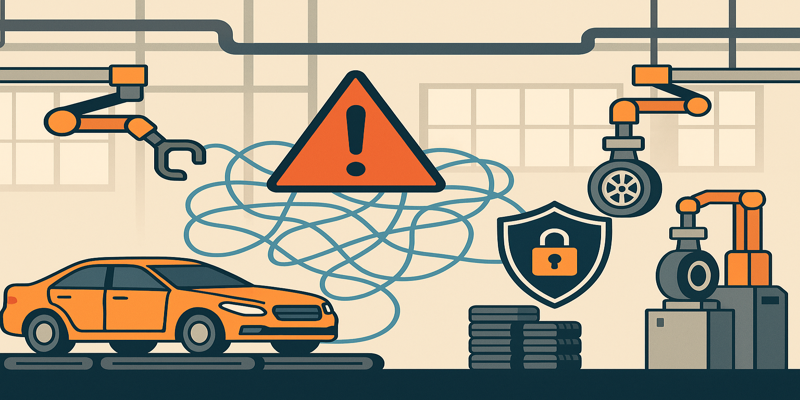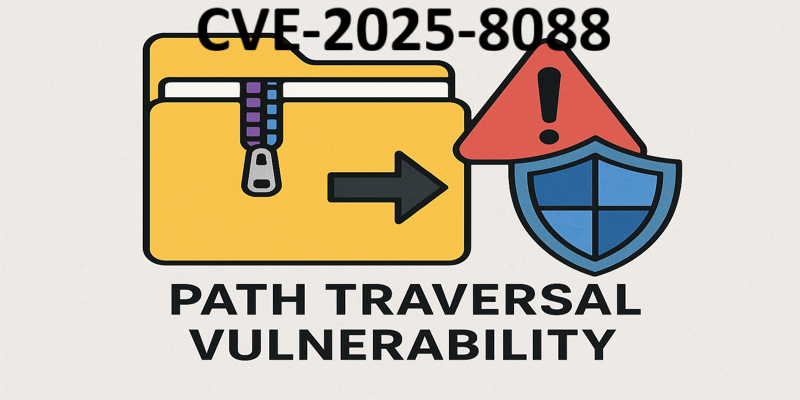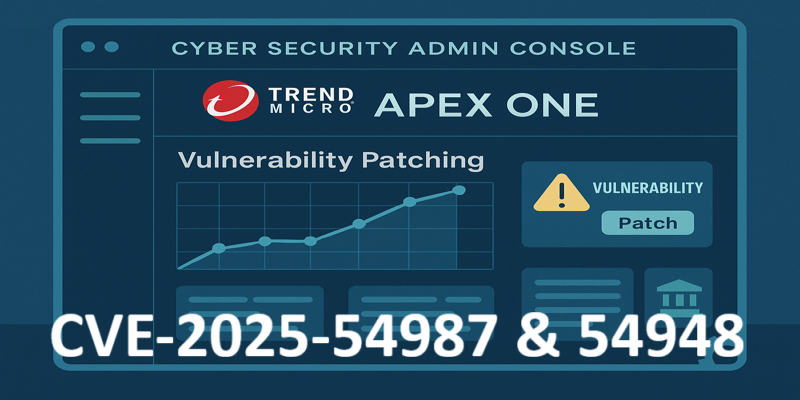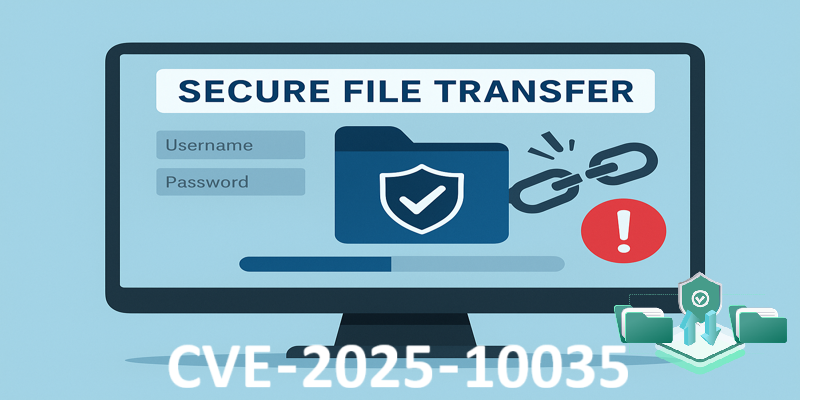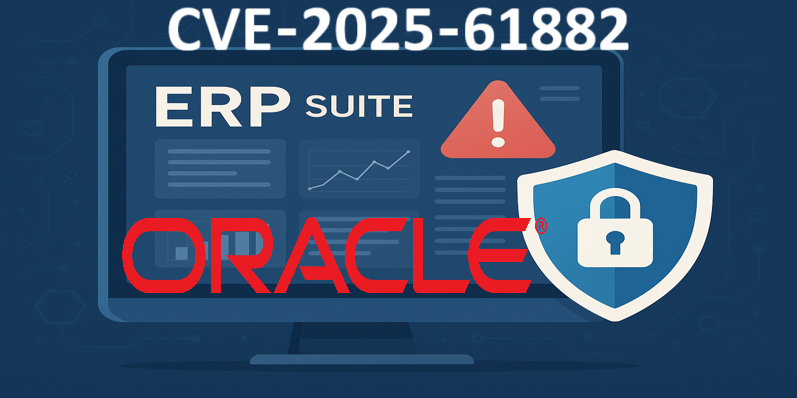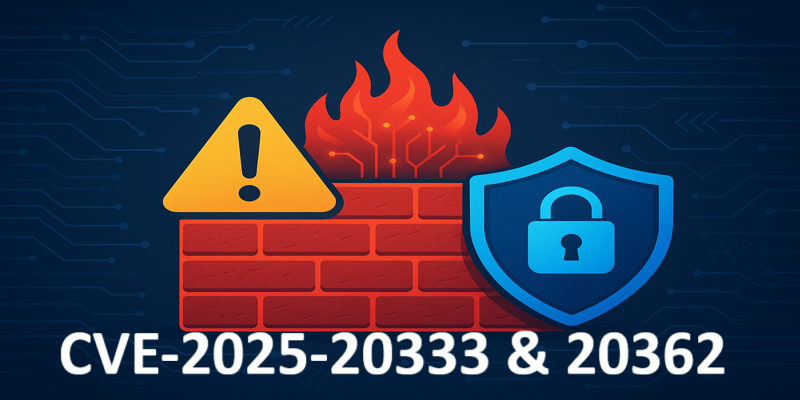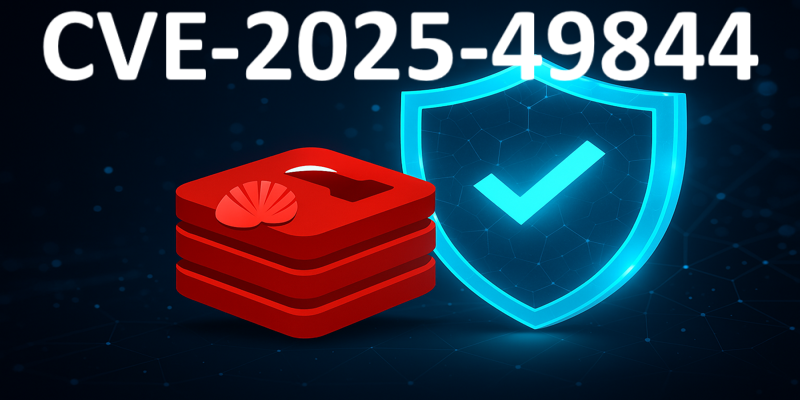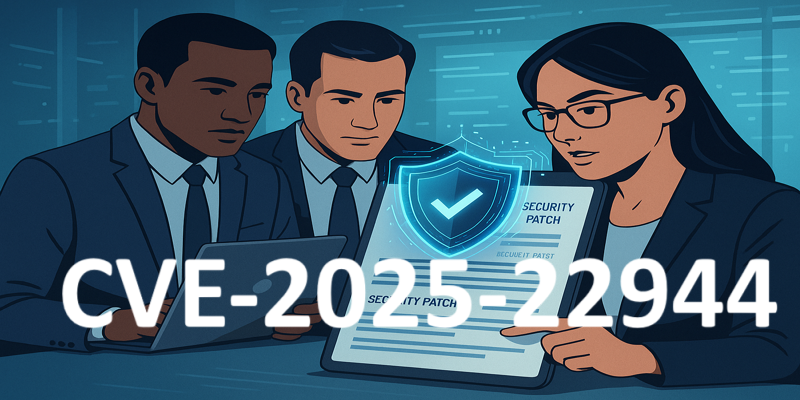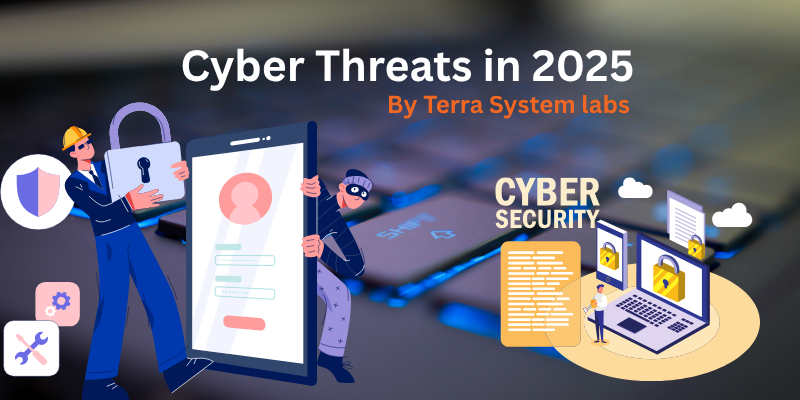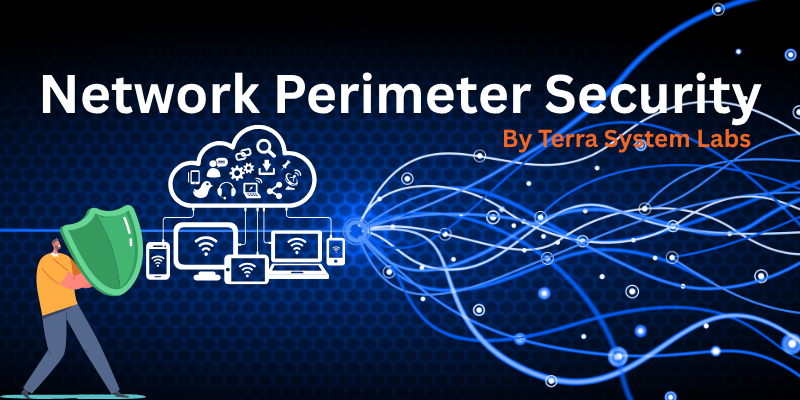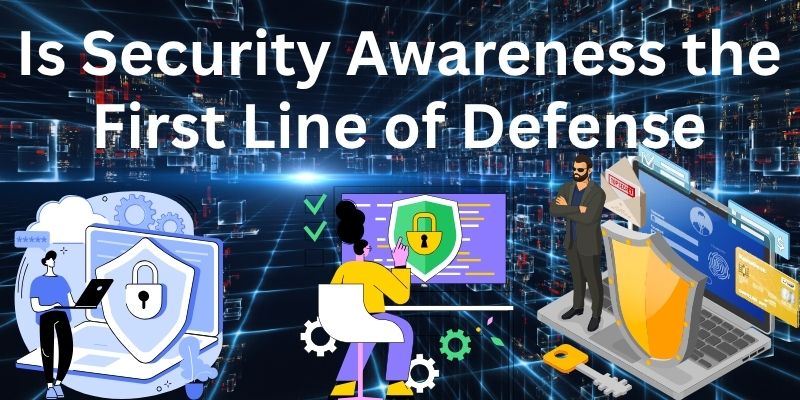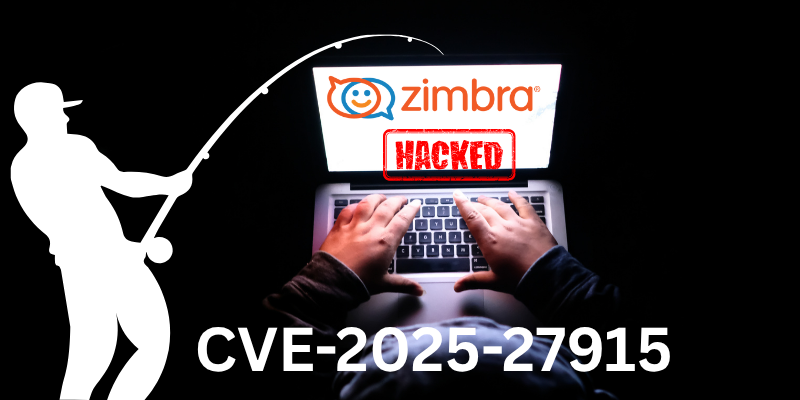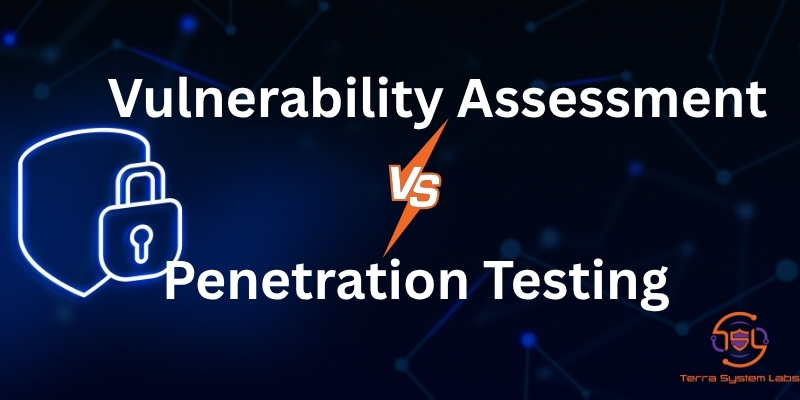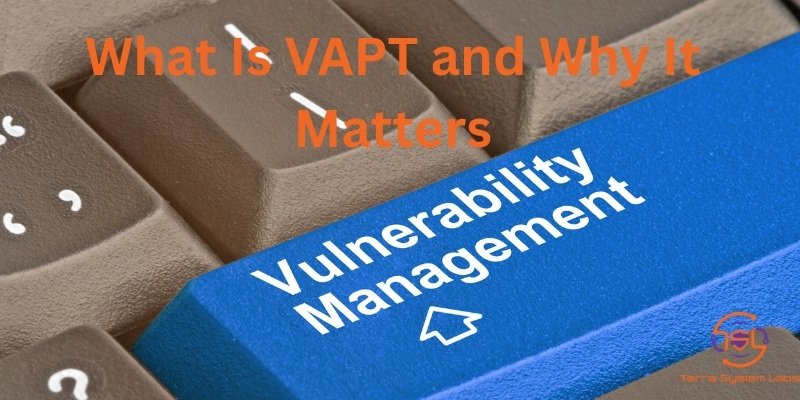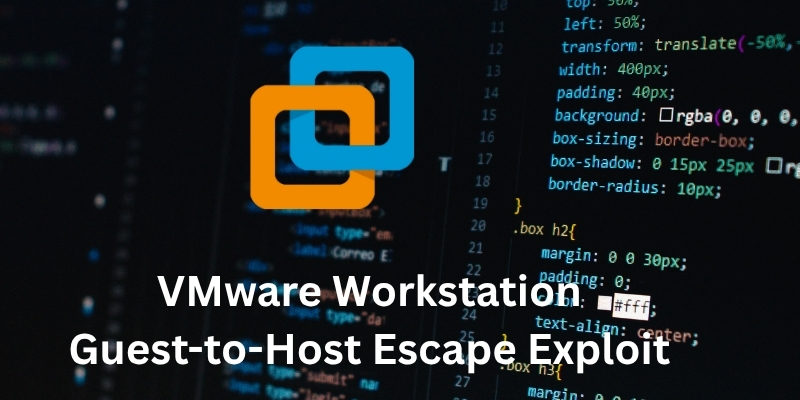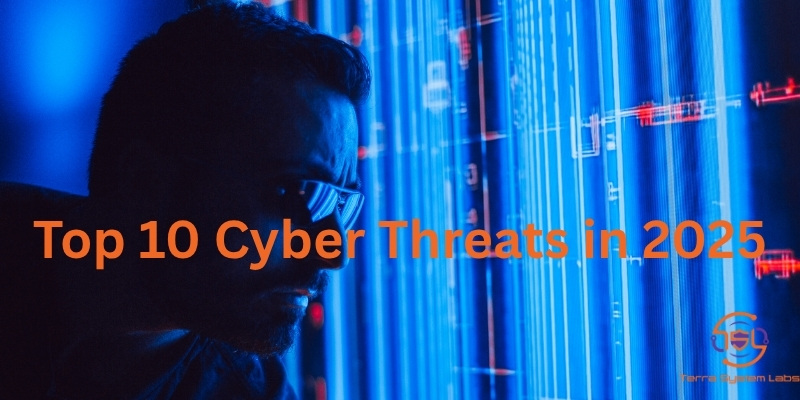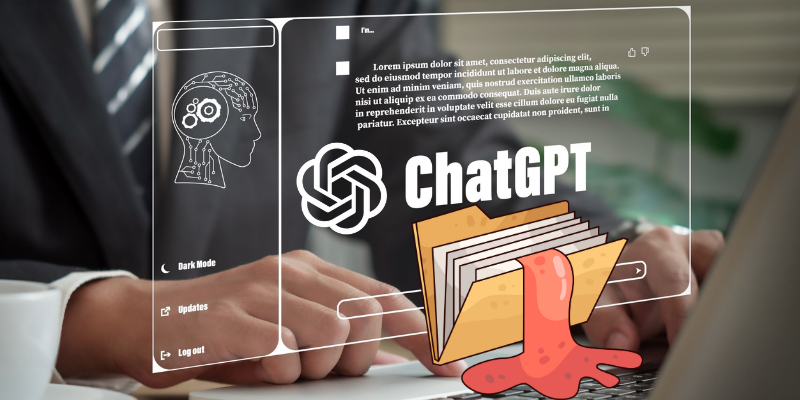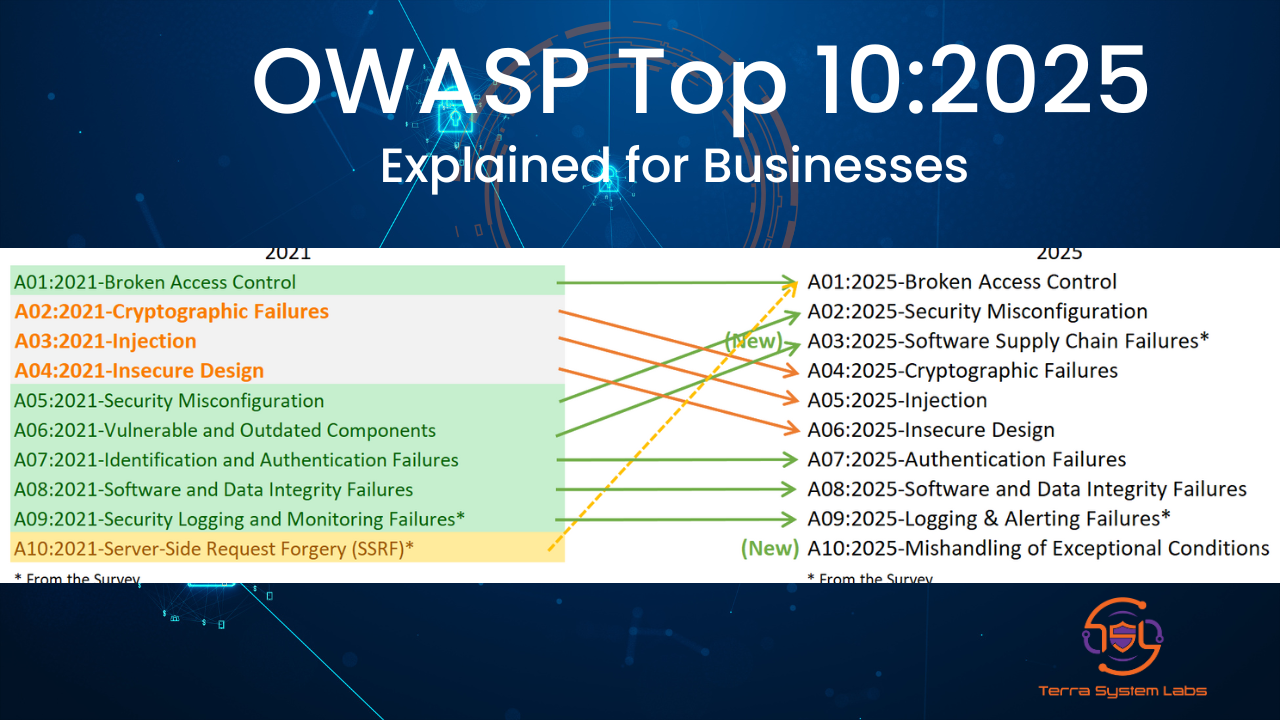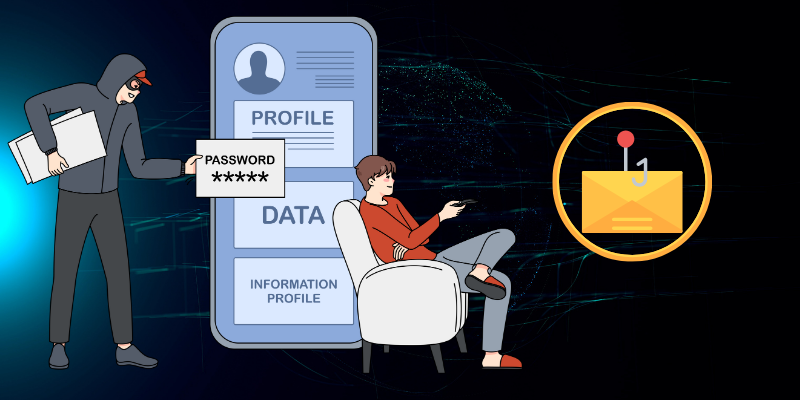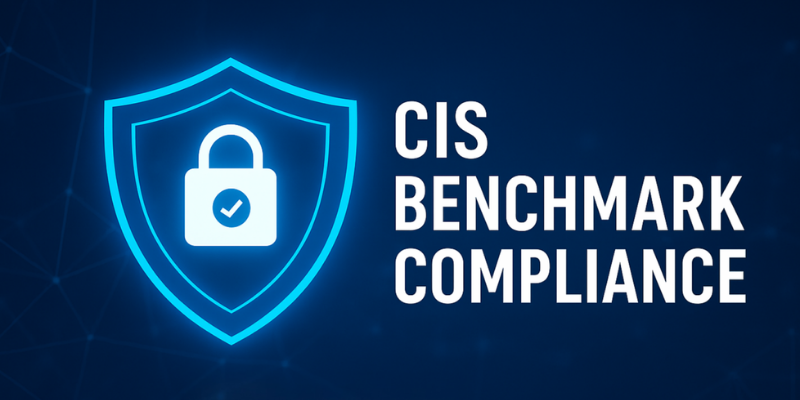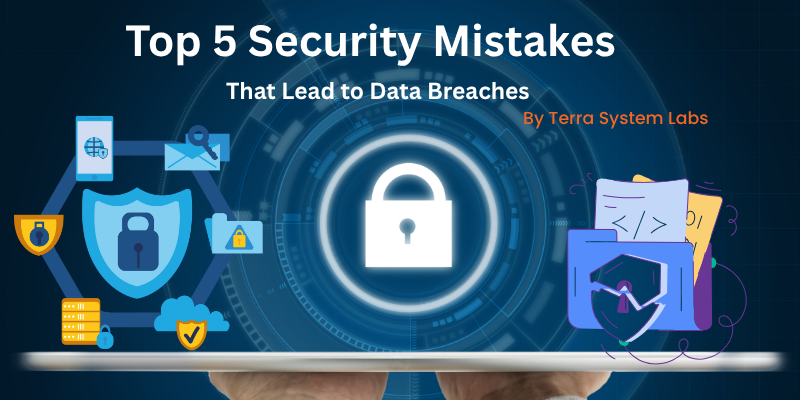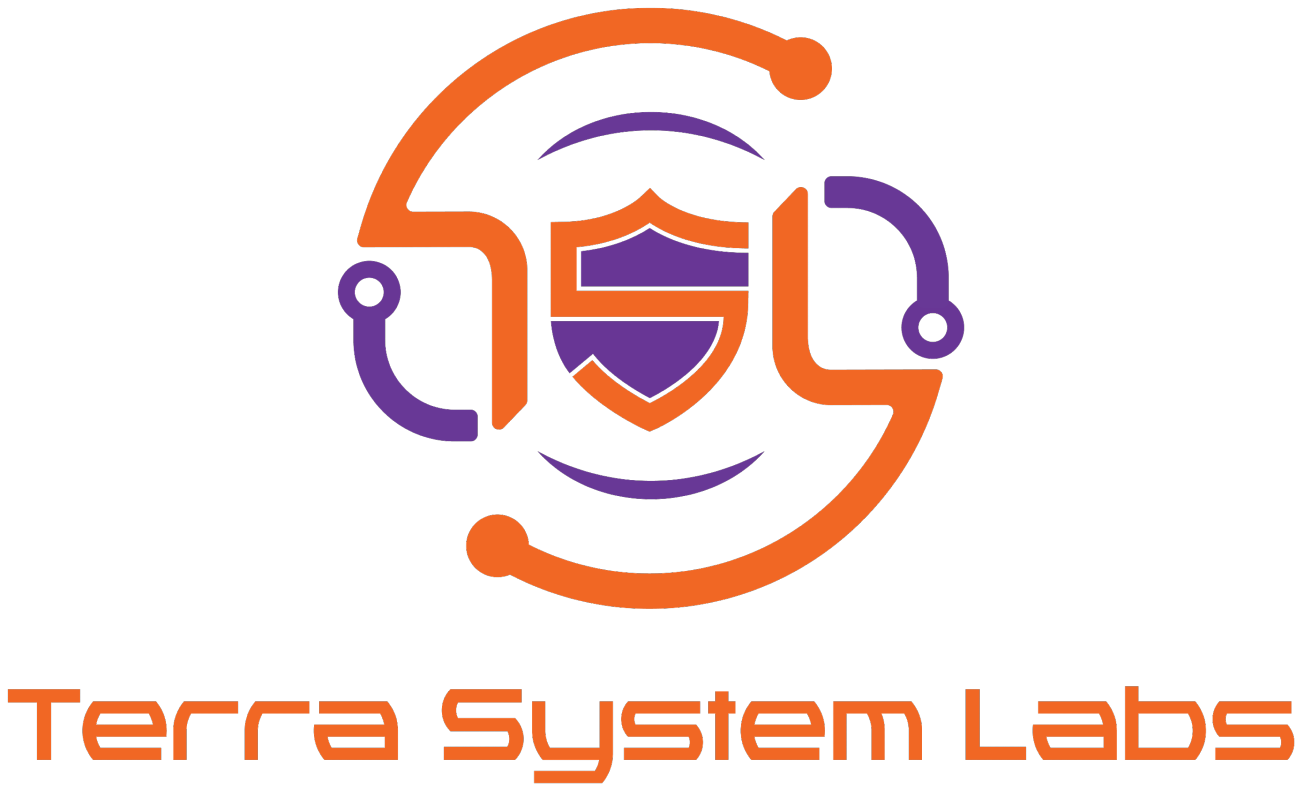Top 10 Cybersecurity Threats Businesses Must Watch in 2025
As we move further into 2025, the cyber threat landscape has become more complex than ever. Artificial intelligence, remote work, cloud adoption, and global tensions are reshaping how attacks occur and how organizations must defend themselves. Businesses that fail to stay ahead of these evolving threats risk losing not just data, but customer trust, compliance, and reputation.
This blog by Terra System Labs highlights the top 10 cybersecurity threats businesses should prepare for in 2025 and how to protect against them.
1. Sophisticated Ransomware and Double Extortion
Ransomware attacks are getting smarter and more damaging. Attackers now use double extortion tactics: they not only encrypt data but also steal it and threaten to publish it if the ransom isn’t paid. The rise of Ransomware-as-a-Service (RaaS) platforms has made such attacks easy to execute even for less-skilled criminals.
Impact on businesses:
-
Complete shutdown of systems and services
-
Leakage of sensitive data
-
Damage to brand reputation
-
High recovery and legal costs
How to protect:
Maintain offline backups, test restoration procedures regularly, segment networks, deploy Endpoint Detection and Response (EDR) tools, and implement a zero-trust approach.
2. AI-Driven and Deepfake Cyber Attacks
Artificial intelligence has become both a tool and a weapon. Attackers now use generative AI to create convincing phishing emails, fake voice messages, and deepfake videos that mimic company executives. These AI-powered social engineering attacks are often indistinguishable from real communication.
Impact on businesses:
-
Higher success rate for phishing and impersonation scams
-
Financial fraud through fake executive requests
-
Data breaches through AI-assisted malware
How to protect:
Train employees regularly to spot AI-generated threats, implement advanced email and identity verification tools, and enforce strict AI-use policies across teams.
3. Supply Chain and Vendor Risks
In 2025, third-party risks remain a serious issue. Attackers often target software vendors, contractors, or service providers as an indirect way to breach their real target. A single weak vendor can compromise your entire system.
Impact on businesses:
-
Loss of control over sensitive data shared with vendors
-
Domino-effect breaches through interconnected systems
How to protect:
Evaluate the cybersecurity posture of all vendors, enforce security standards contractually, and monitor supply chain dependencies continuously using SBOM (Software Bill of Materials) analysis.
4. Identity and Access Exploits
Identity is now the new perimeter of cybersecurity. Attackers focus on stolen credentials, weak passwords, and poorly secured APIs to gain unauthorized access. Phishing kits, token theft, and brute-force attacks on cloud logins are at record highs.
Impact on businesses:
-
Account takeovers and internal sabotage
-
Data leaks from privileged accounts
-
Business email compromise
How to protect:
Use Multi-Factor Authentication (MFA), enforce least-privilege policies, deploy Privileged Access Management (PAM), and continuously monitor login behaviors.
5. Industrial and OT (Operational Technology) Attacks
Attackers are shifting from traditional IT targets to industrial systems such as energy plants, factories, and critical infrastructure. Many OT systems still run outdated software, making them easy to exploit.
Impact on businesses:
-
Downtime and production loss
-
Physical safety hazards
-
Regulatory penalties
How to protect:
Separate OT from IT networks, use intrusion detection for industrial systems, maintain updated asset inventories, and apply patches wherever possible.
6. Zero-Day Exploits and Fileless Malware
New vulnerabilities are being discovered every week, often before developers release security patches. Attackers also use fileless malware that operates directly in system memory, making it nearly invisible to traditional antivirus tools.
Impact on businesses:
-
Immediate compromise before patches are available
-
Hard-to-detect breaches due to no executable files
How to protect:
Stay current with patching, adopt layered security (EDR, IDS, application control), and use proactive threat hunting to detect anomalies early.
7. DDoS and Infrastructure Disruption Attacks
Distributed Denial of Service (DDoS) attacks continue to cripple online platforms, especially in finance, e-commerce, and SaaS industries. Attackers overwhelm systems with fake traffic, causing prolonged downtime and revenue loss.
Impact on businesses:
-
Website or service outages
-
Financial losses and customer churn
-
Brand image damage
How to protect:
Use DDoS protection tools, implement rate limiting, set up failover systems, and subscribe to managed traffic filtering services.
8. Polymorphic and Evasive Malware
Cybercriminals are now using polymorphic malware that can change its code structure with every attack, bypassing traditional signature-based detection. Some malware even hides within images or AI-generated files.
Impact on businesses:
-
Hidden persistence within systems
-
Data theft and espionage
-
Long detection times
How to protect:
Adopt next-generation endpoint protection that uses behavior-based detection, monitor outbound traffic, and run periodic forensic scans.
9. Insider Threats and Human Error
Not every threat comes from outside. Employees, intentionally or by accident, can cause major security incidents. Data leaks, policy violations, and misuse of access privileges remain top internal risks.
Impact on businesses:
-
Data theft or sabotage
-
Legal complications and compliance violations
How to protect:
Monitor user activities using DLP and UBA tools, restrict access based on roles, train employees, and ensure prompt revocation of access during offboarding.
10. Regulatory Compliance and Data Protection Challenges
Governments worldwide are tightening cybersecurity laws, holding organizations and executives accountable for breaches. Non-compliance can lead to heavy fines and reputational loss.
Impact on businesses:
-
Legal penalties and lawsuits
-
Loss of customer confidence
How to protect:
Stay updated on new data protection regulations, integrate compliance into your cybersecurity strategy, and work closely with legal and risk teams to ensure readiness.
How Terra System Labs Helps Businesses Stay Secure in 2025
At Terra System Labs, we help organizations prepare for the future of cybersecurity through end-to-end protection and proactive defense.
Our services include:
-
Comprehensive Vulnerability Assessment and Penetration Testing (VAPT)
-
Incident Response and Threat Hunting
-
Cloud and API Security Testing
-
OT and SCADA Security Assessments
-
Red Teaming and Secure Code Review
-
Employee Phishing Simulations and Cyber Awareness Training
We work with businesses to detect threats early, minimize damage, and build a security-first culture that keeps your organization compliant, resilient, and trusted.
Recent Posts

